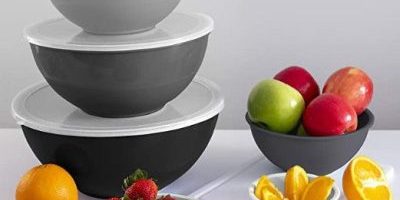Plastic bowls are ubiquitous in kitchens and dining settings, but concerns about their safety have prompted discussions about their suitability for food contact. One of the primary concerns is bisphenol A (BPA), a chemical commonly used in plastic production. Navigating the complexities of plastic bowl safety requires an understanding of these concerns and the measures in place to ensure consumer well-being.
BPA is used in the production of certain types of plastic, including polycarbonate and epoxy resins. These plastics have been used to make various products, including food containers and water bottles. Concerns have arisen due to the potential for BPA to leach into food and beverages, raising questions about its impact on human health.
To address these concerns, many manufacturers have transitioned away from using BPA in plastic products. BPA-free plastic bowls and containers are now widely available, offering consumers an alternative that minimizes exposure to this chemical. BPA-free plastics are designed to be food-safe and are tested to meet regulatory standards for food contact materials.
Regulatory agencies, such as the Food and Drug Administration (FDA) in the United States, set guidelines and standards for the safe use of plastic materials in contact with food. These agencies evaluate the potential risks associated with chemicals like BPA and establish acceptable levels of exposure. Manufacturers are required to comply with these standards to ensure the safety of their products.
When using plastic bowls for food contact, it’s essential to follow best practices to mitigate potential risks. For example, avoid exposing plastic bowls to high temperatures or using them in microwave ovens unless they are labeled as microwave-safe. Similarly, using plastic bowls with higher resin codes (indicating safer plastics) for food storage and consumption is recommended.
In conclusion, the safety of plastic bowls in food contact settings is a multifaceted topic that involves understanding the types of plastics used, regulatory standards, and consumer choices. By opting for BPA-free plastics, following recommended usage guidelines, and staying informed about regulatory developments, consumers can make informed decisions that prioritize their well-being.
















